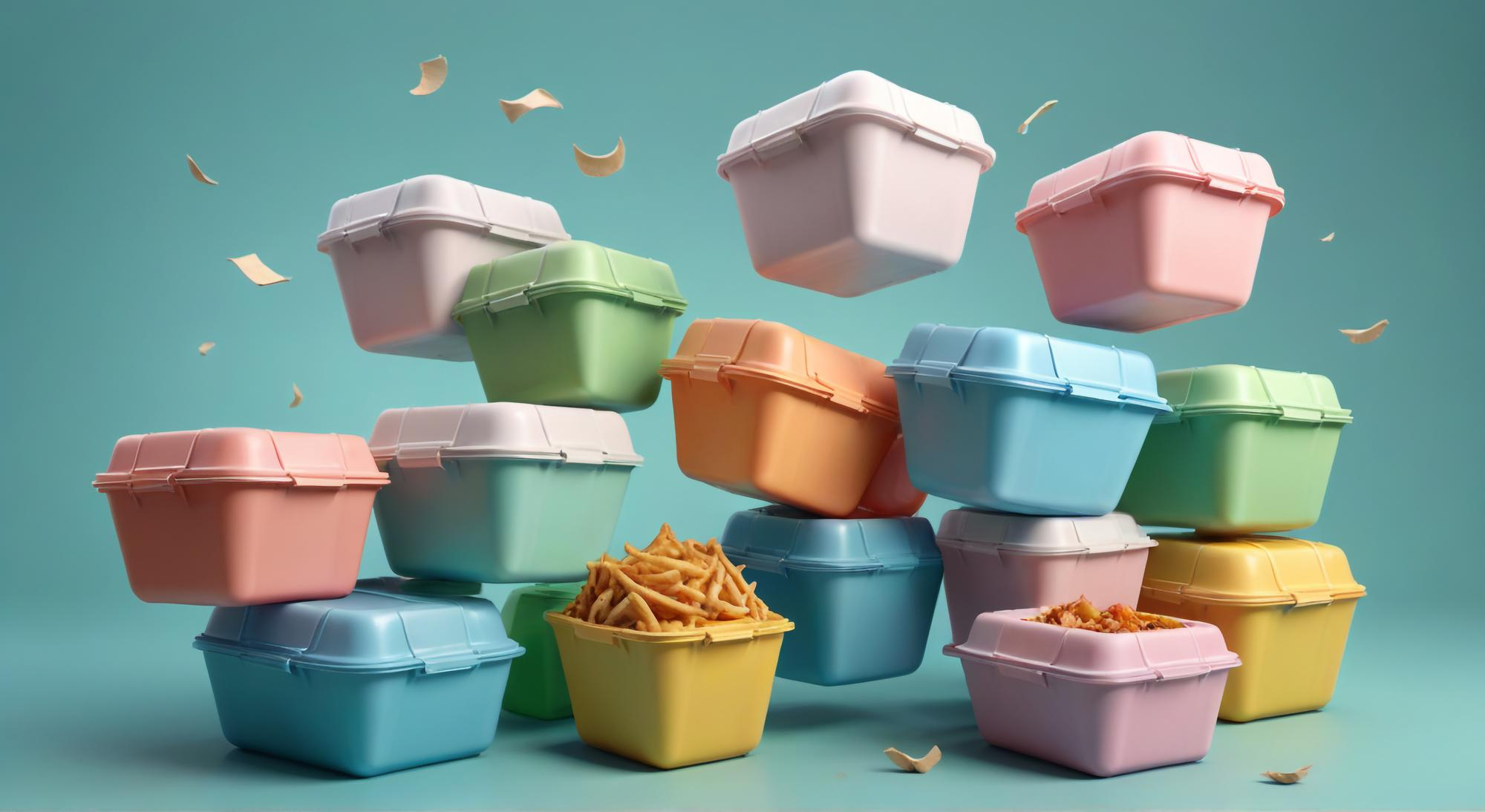Tupperware, the brand that has been synonymous with durable, airtight kitchen storage for decades, recently made headlines with its Chapter 11 bankruptcy filing. For many, it’s hard to imagine the decline of such a household name. How did a company that once revolutionized food storage and direct sales find itself in this precarious position? Let’s take a deep dive into Tupperware’s rise, its recent struggles, and what the future might hold.
The Legacy: A Kitchen Revolution

Tupperware has been a household name since its founding by Earl Tupper in 1946. Known for its innovative, airtight plastic containers, Tupperware’s success wasn’t just about the product—it was about how it was sold. Through the now-iconic “Tupperware parties,” mostly run by women, the brand created a direct-sales empire. These gatherings didn’t just sell food storage solutions; they empowered women by giving them a platform to earn income at a time when opportunities were limited. By the 1970s, Tupperware became a global sensation, finding its way into kitchens worldwide.
How Did Tupperware ‘Leak’?
However, in the 21st century, the very business model that once propelled Tupperware to success became its Achilles’ heel. The world changed—online shopping and digital marketing became the norm, and Tupperware was slow to adapt. While the company’s competitors pivoted to e-commerce and embraced omnichannel strategies, Tupperware clung too long to its traditional direct-sales approach. By the time they opened online stores on Amazon and Target in 2022, the game had already moved far ahead
Tupperware also faced criticism for its reliance on plastic, which no longer aligned with the growing demand for eco-friendly and sustainable products. Although they introduced more sustainable materials in their product line, the shift came too late to make a significant impact
Rebranding Tupperware: Too Little, Too Late?
The company’s rebranding efforts in recent years were aimed at modernizing the brand, but they weren’t enough to counteract deeper financial issues. In 2023, Tupperware’s leadership openly acknowledged that the brand was running out of time and money, even after securing temporary relief from creditors. Mounting debt, a shrinking customer base, and leadership changes further exacerbated the situation. Despite restructuring efforts—including the closure of its only U.S. manufacturing plant—Tupperware couldn’t stay ahead of its financial obligations.
The COVID-19 pandemic, which gave a boost to many kitchenware brands as people cooked at home, ironically highlighted Tupperware’s deeper problems. While competitors thrived through online sales, Tupperware saw an 18% drop in sales in 2022, signaling deeper issues beyond
In September 2024, Tupperware filed for Chapter 11 bankruptcy, which, contrary to popular belief, doesn’t mean the end of the company. Chapter 11 allows Tupperware to restructure its debts while continuing operations under court supervision. Essentially, it’s a second chance—a way to buy time and create a viable plan to turn things around
But can Tupperware actually recover? Well, the company still has some cards to play. Its brand is still strong, especially among older generations who grew up with it. Additionally, there’s potential for growth in international markets, particularly in countries where direct selling is still a popular model
Can Tupperware Bounce Back?
The road to recovery will be tough, but it’s not impossible. Here are some of the key areas where Tupperware needs to focus:
- Embrace E-Commerce: Tupperware needs to make a full commitment to e-commerce and modernize its digital strategy. While they’ve started selling on Amazon and Target, their online presence still needs significant improvement. Competitors like Pampered Chef have already transitioned their direct sales model into the digital age, and Tupperware must follow suit.
- Sustainability Matters: As consumers grow increasingly eco-conscious, Tupperware must double down on sustainability. This includes pushing further into biodegradable or recyclable materials, which could appeal to younger audiences. The company’s legacy in plastic is a double-edged sword, and addressing environmental concerns head-on is crucial.
- Tap Into Nostalgia: The power of nostalgia could be a major play for Tupperware. Reintroducing classic designs with modern updates could attract both older consumers and younger audiences who appreciate retro aesthetics. This has worked for other legacy brands, and Tupperware could leverage this trend.
- Expand Internationally: There is potential in markets like India and Latin America, where direct selling is still relevant. Focusing on these regions could give Tupperware the lifeline to stay afloat while exploring partnerships and collaborations with influencers and retail partners in Western markets.
Final Thoughts: A Brand at a Crossroads
Tupperware’s story is one of innovation, empowerment, and resilience. However, in today’s fast-moving, digitally-driven market, the company’s failure to evolve has landed it in a difficult position. The Chapter 11 bankruptcy is not a death sentence, but rather a pivotal moment for the brand to reflect, regroup, and re-strategize.
Whether Tupperware will thrive again remains to be seen. But one thing is certain—this once-indestructible brand must now learn to adapt or risk becoming a nostalgic relic of the past.
So, what do you think? Can Tupperware make the ultimate comeback, or is this the final chapter in its long history?



